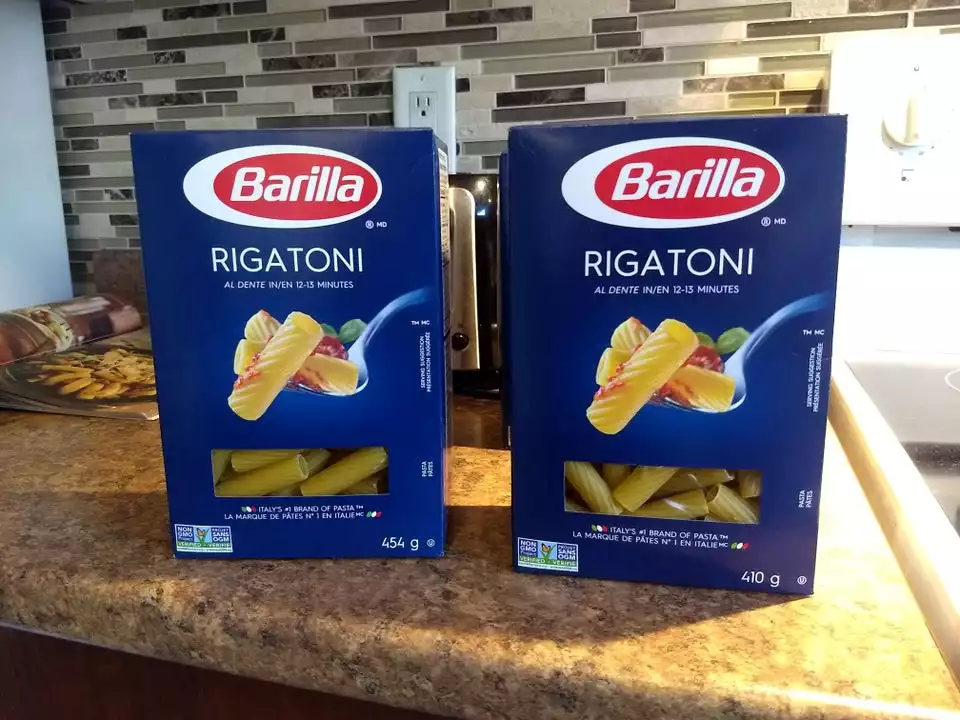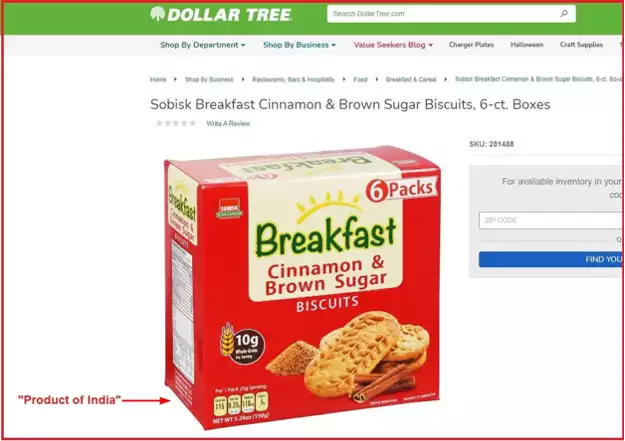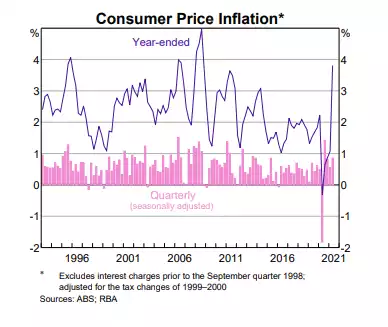Honey, they shrunk the groceries: Shrinkflation on the rise
News
|
Posted 01/10/2021
|
8105
Manufacturers and producers fighting increasing cost pressures are increasingly resorting to ‘shrinkflation’, offering a marginally smaller version of the same product, at the same price. If changes are incremental, then consumers are unlikely to notice the difference. While unscrupulous sellers have sought to short change their hapless unsuspecting customers since the dawn of commerce, there is more and more evidence of the purchasing power of many currencies eroding.
The classic example is the amount of ‘air’ in a packet of chips. The packet appears to be the same size from the outside, but it is only half full. In 2010, Kraft’s Toblerone bar was reduced from 200g to 170. Prior to the 1980s, coffee had been sold in 1lb packages (453.6g), from the 80s on, packaging changed into metric grams, but in a slight of hand, packages were only 400g. This has been a successful strategy of increasing margins in good times, and preserving them against rising input costs. The reason being, consumers have shown themselves to be much more likely to revolt if they notice an increase in price, over an equivalent reduction in quantity or quality.
While the process is well established, it seems to have accelerated in recent times. A look around online returns some egregious examples of short-changing shoppers. Reducing the quantity is one of the most common techniques.

These boxes of pasta were bought a couple of weeks apart, for reportedly the same price, but the weight has dropped by over 10%. If producers weren’t obligated to write the weights clearly on the front of each package, it would be even harder to detect these subtle shifts.
Another common strategy is to excessively package goods. This shopper found that the “6 packs” advertised were actually six individually wrapped biscuits, in a cardboard box. Anyone would think that the box would be full of biscuits, and that the ‘packs’ would contain multiple biscuits in each pack.

In some cases, manufacturers go out of their way to hide the change with new packaging which puffs up the size. It's effective though, remember the excitement of getting a really big Christmas present. They say good things come in small packages, but I think most people would prefer the bigger package intuitively.

Few shoppers would be able to pick that the newer version of this product actually contains 10 fewer capsules despite appearing to be about twice the size of the older iteration.
In a similar example, Pringles have brought out an individual pack. This shopper may have been expecting to have at least five pringles.
https://www.reddit.com/r/TIHI/comments/psvkew/thanks_i_hate_a_single_pringle/
Once you pop, the fun abruptly stops.
Looking at RBA data updated as of 2 September 2021, we can see that CPI, even based on official figures, is starting to spike up.
